Introducing Antwerp’s latest fashion talent.
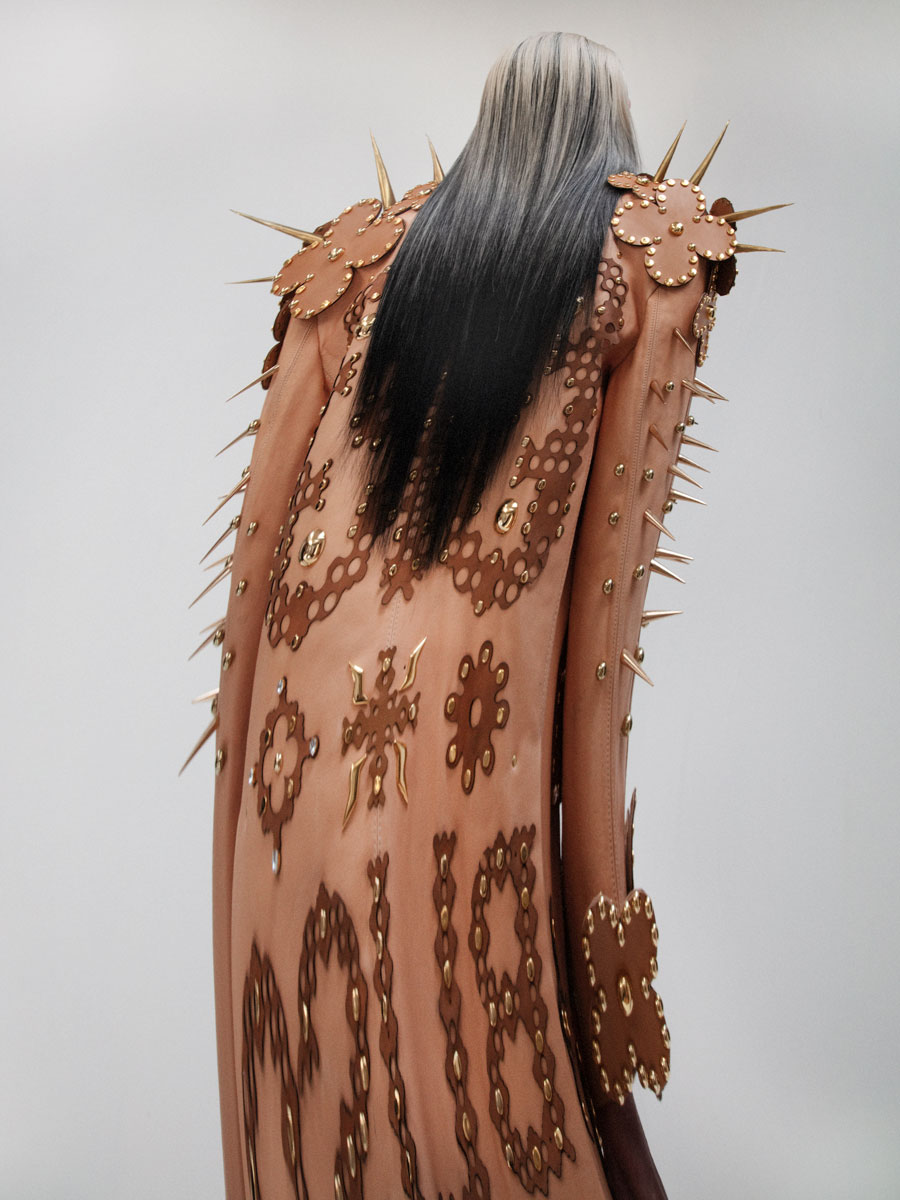
Models, lights and torn-up posters—these are the ingredients that define the work of Quinten Mestdagh, a womenswear wiz at the Royal Academy of Fine Arts in Antwerp studying under Walter Van Beirendonck. Born into an artistic family, Mestdagh describes his mother for taking him to the university’s graduate show as a ten-year-old, a “pivotal moment” which inspired his future at the esteemed fashion school. He also interned for another Antwerp Six alumnus, Dries Van Noten, and cites the works of Nicolas Ghesquiere and Pierpaolo Piccioli as major influences.
The designer’s BA collection took the 2D allure of fashion adverts into the 3D with architectural kaleidoscopes of beaming iconography, riffs and shards of highly saturated collages of mid-century fashion icons and rosebuds elegantly crimped upon the body. This summer, Mestdagh graduated from his MA, debuting a “diverse collection full of materials and different techniques” but with “more refined and varied” Darwinism than his previous designs. Couture houses will certainly target this gifted bird of paradise this hunting season—preferably with a Steven Meisel gun.
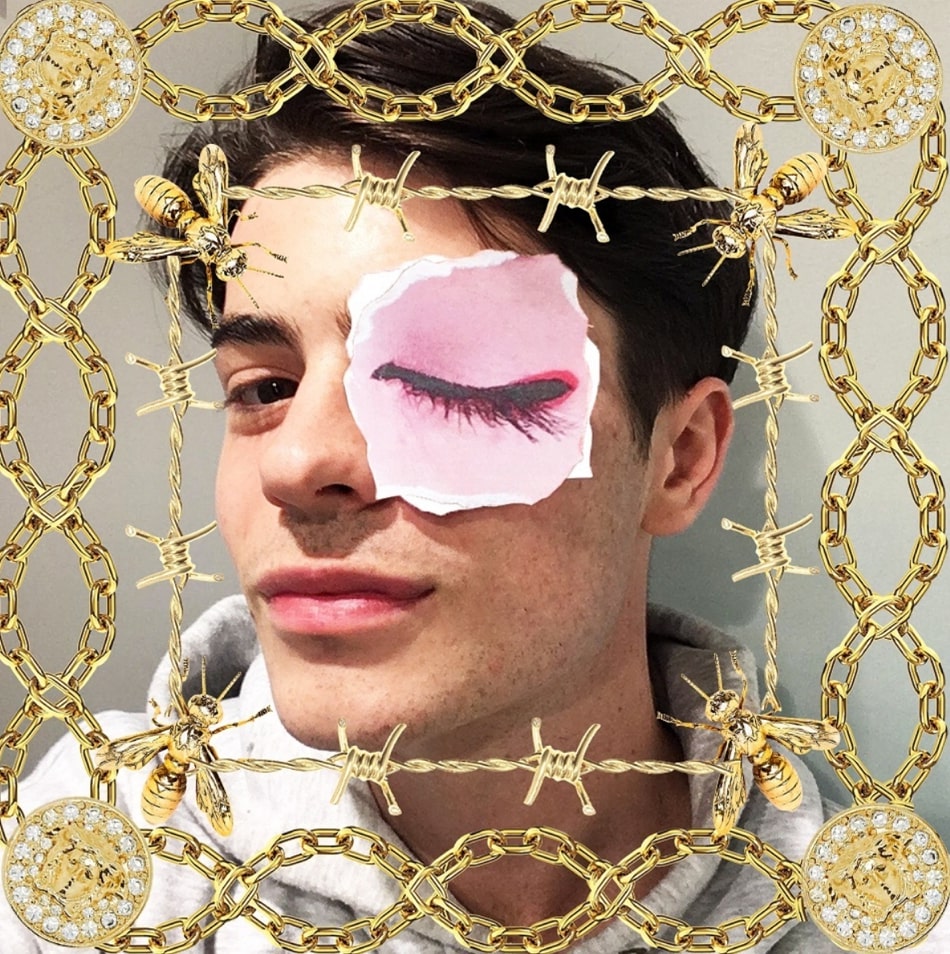
Why/how did you end up becoming a designer? What first drew you to the world of dress?
I think that my passion for fashion was already in my blood and around me from a very young age. I remember when I was a child that I was already attracted to all sort of things, like movies, books and toys, that were very pretty and had a high aesthetical quality to them. It was through that attraction, and the early days of the internet, that I discovered the fashion world and my passion for it. I think a pivotal moment in my life was when my mother took me and my sister to the graduation show of the Royal Academy Of Fine Arts in Antwerp. I remember being completely in awe of the fact that fashion was something that you could study right after graduating high school, and that it was a school that existed right in the city where I grew up! From that moment on I knew that it was meant to be that ten years later I would do my entrance exam there, and that I would enrol at the academy.
Did you grow up in a creative environment?
I grew up in a family of all graphic designers, so loads of cultural activities and artistic influences where around me from early on. Our parents always took us to exhibitions, museums, different kind of shops, and they really showed us the worlds which they worked in and were passionate about. So it came quite naturally, I think, that me and my sister both developed an interest and passion for being creative ourselves. Our parents really encouraged us—but never forced!—to be ambitious and passionate about our interests, and to continue academic art studies after graduating from high school. My sister went on to study graphic design and I went on to study fashion.
Your BA collection was inspired by vandalised fashion ads found in the underground tunnels of the Metro, creating strong shards of distorted day-glow portraits into architectural coups of structure. How have you evolved since this collection?
I think that in my bachelor I really wanted to work on a collection that had a well executed concept with a visual impact that was clear and understandable. It was quite experimental and print focused, but still had a very abstract way of working with clothing. For my master collection I still wanted to continue with the visual and graphic aspect of my work, but in a more refined and varied way. I wanted to create a very diverse collection full of materials and different techniques, but with one cohesive method.
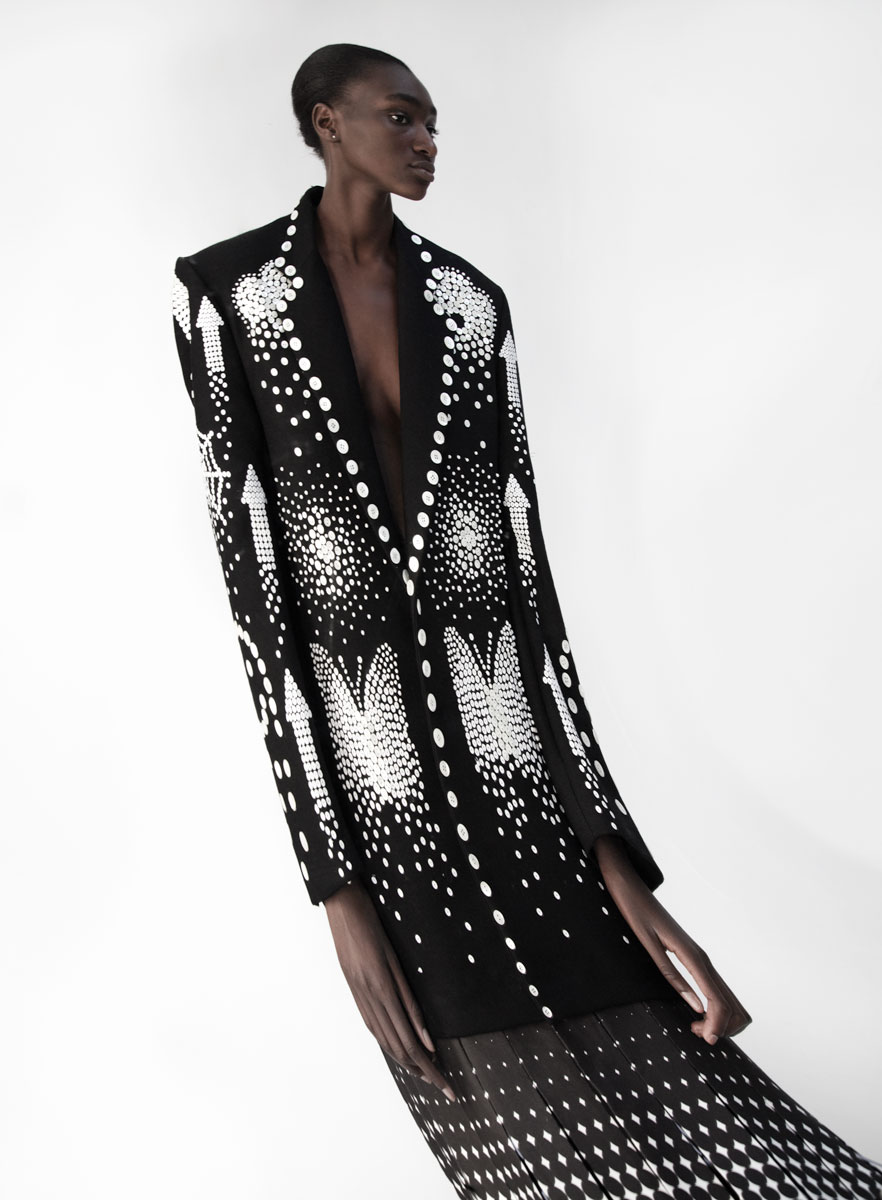
What’s the most intricate and time-consuming element of your work? Is there an element you especially like or dislike?
The most time consuming aspect of my work is the development for all the prints, techniques and embroideries that are part of my collection. The aesthetic for my master collection leans more to the digital side, so I spend more time behind my computer photoshopping and working on illustrator than sitting behind my sewing machine. The nicest part is the researching and creative and artistic part of my prints where I really feel free to experiment and to create. The hardest part comes when you have to translate those prints into actual printed fabrics, which comes with gradations, measurements and loads of technical difficulties and obstacles you have to overcome.
What’s a perfect occasion to wear a Quinten Mestdagh dress? Can you describe the scenario?
I think my pieces are very loud and real statement pieces, so they are definitely not for every day. I think if you would wear my piece you will wear it to an occasion where you really want to stand out and get noticed. I can imagine it being worn to an opening or an event where you know people will have the time and the pleasure to look at you.
What are the different challenges you’ve faced on the MA compared to the BA at the Antwerp Academy? And what advice would you give to aspiring fashion students?
For me the biggest challenges were in the bachelor years, where you had to translate your ideas into three-dimensional garments for the first time! If you never stitched or worked with patterns before it becomes quite an intense process with a lot of trail and error. Also learning how to edit your ideas is important, because otherwise it becomes one big chaos. In the master you know more what your qualities and your strengths are, and you really need to play them out!
If i would give advice to an aspiring fashion student it would be that you really need to be super devoted and motivated to keep up the heavy workload. Also, it’s important that you are critical about your own work and try to push it as far as you can. It’s also important to allow yourself to make mistakes (I made many!); it is through those mistakes that you get better and really understand your craft.
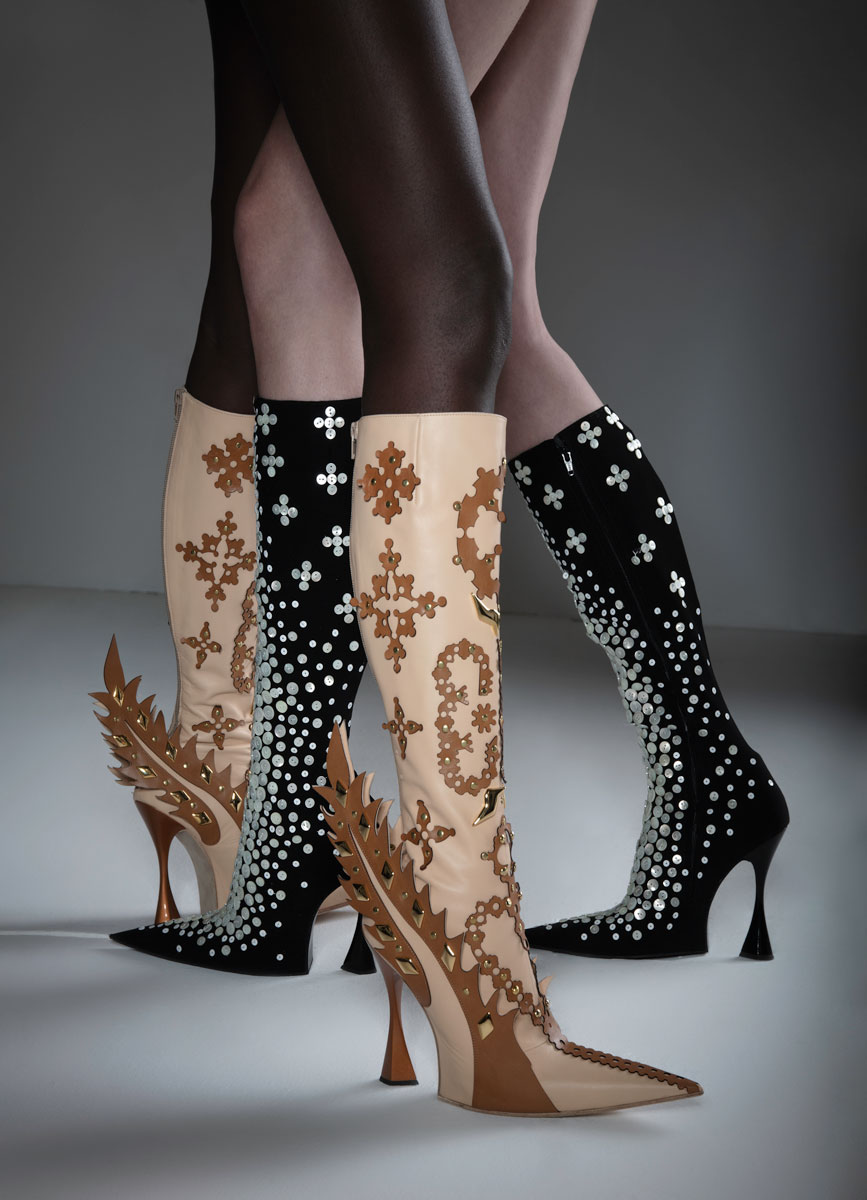
You’ve previously mentioned your love of fashion photography and stressed the power of the image. Who would you love your clothes to be shot by and why?
I would love to get my clothes shot by Steven Meisel. I grew up looking at magazines when he was doing all the big campaigns for Prada, and those amazing editorials for Vogue Italia. I think it was really those pictures that shaped my idea of and fascination for fashion. He manages to get something almost archetypically fashion but also something super extreme out of his pictures, and I love that!
Have you considered sustainability in/towards your process? How?
I am still trying to figure out how you can be sustainable but still work in fashion. In my 3rd year I worked a lot with paper instead of fabric, but I don’t know if that makes it more sustainable? It’s something that I really want to get more informed about because I think it is very important to think about as a young designer.
Who are your couturier crushes?
Nicolas Ghesquiere and Pierpaolo Piccioli.
In your opinion, what does summer smell like?
Sunscreen!
Imagine there’d be a Quinten Mestdagh rave, what would the party look/sound/feel like?
It would be at the De Efteling, with Belgian techno and loads of XTC!
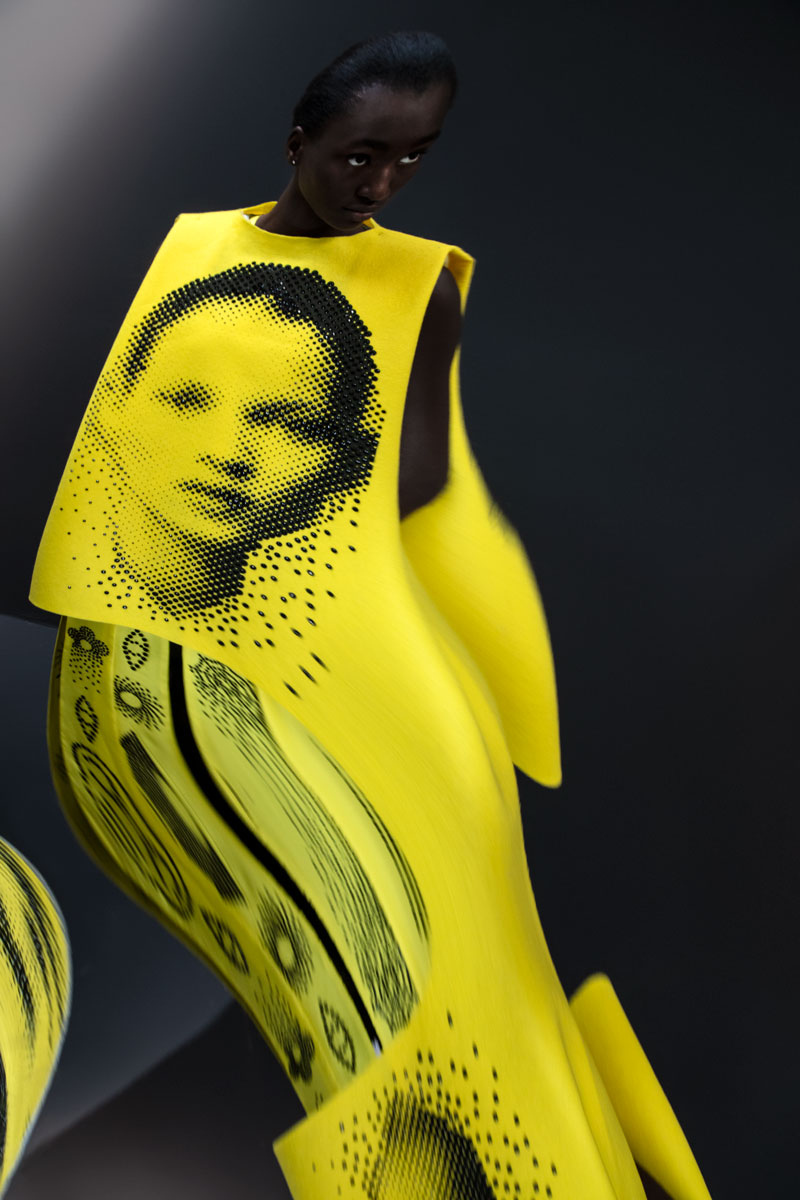
Words by Lawrence Harrison
Photography by Ronald Stoops
Follow Quinten on Instagram
Notifications